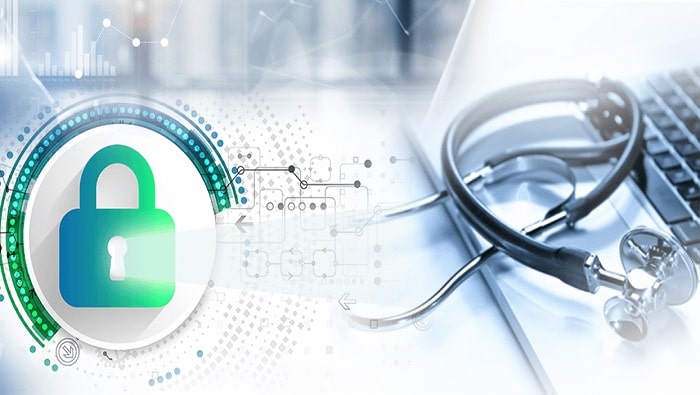- Get link
- X
- Other Apps
- Get link
- X
- Other Apps
Healthcare has been one of the most dynamic areas of cybercrime, and not just since COVID and the most recent ransomware attacks. In the opinion of Vectra AI, three key insights into cyberattacks in the healthcare sector have emerged in recent years :
1.
The real threat already lies in the healthcare networks
themselves in the form of the abuse of privileged access.
2.
The huge increase in IoT devices in healthcare creates risks.
3.
Much of the attacks are due to negligence, abuse, and lack of
security awareness on the part of insiders.
By default, many people have access to patient medical
information. That makes it very easy and perhaps a little tempting for
some to take advantage of the situation. Internal actors are largely
responsible for the loss of health data. This can be employees who
illegally access patient data out of curiosity or to commit identity fraud. While
security leaders in other industries are concerned about outside cyberattacks,
healthcare is paying attention to internal threats.
IoT
Devices on The Rise
The advancing spread of the Internet of Things (IoT) in
healthcare is not exactly helpful when it comes to security. These medical
devices produce huge amounts of data about every patient, and most clinics have
no way of centralizing and monitoring these devices.
The IoT could become an attractive target for attackers. There
are many devices out there, nobody is monitoring them, and there are no
safeguards. There have been cases where attacks began with authentication
using standard administrator passwords and the stealthy use of IoT resources to
operate botnets and then escalated. This extends to the complete
destruction of IoT devices by deleting their hard drives. While recovery
is sometimes possible, the overall impact is far greater when these devices are
used in critical care.
Recurring
Challenges
Based on the feedback Vectra AI receives from healthcare
organizations, several recurring challenges become apparent:
·
Lack of safety experts: a specialist can only do a certain
amount of work in one day. Healthcare safety experts are often supposed to
do more than is humanly possible.
·
Lack of money: It is difficult to hire more staff because
healthcare institutions have slim budgets Their job is to increase
operational efficiency and do more with what little they have.
·
Lack of transparency: Many IoT devices in connection with the
free flow of patient data in the network create massive internal blind spots
when it comes to what is happening. The greatest threat lies within the
network, which security measures at the network perimeter are blind to.
Reduce
the Time It Takes to Discover Threats
If it takes weeks, months, or years for a data security incident
to be discovered, it indicates that healthcare is losing the battle. The
answer lies in 360-degree visibility within the network - across cloud, data
center, IoT, and corporate networks - as well as in real-time detection of
attackers and the prioritization of all detected threats. Security experts
then know where to start.
To this end, the challenges already mentioned must be addressed. There
are four ways to get there:
1.
Eliminate manual, time-consuming work of security analysts by
automating and prioritizing the threats detected.
2.
Lowering the high skill barriers previously required to hunt
down cyber threats.
3.
Bear in mind that “everything” is interconnected, making it an
easy target and a huge target.
4.
Provide visibility within the network to see the attackers,
where they are, what they are doing, and identify the compromised hosts and
workloads.
Adopt the best antivirus software to prevent cyber risk.
This basic approach is advocated by a growing number of health
safety professionals. Many are expanding the capabilities of their
security teams with AI-derived machine learning models. This makes it
possible to automate the early detection of cyber attackers, accelerate the
response to incidents, carry out conclusive investigations, and react more
efficiently to threats. The health service can win this battle, as
successful practical examples already show. Using a platform for Network
Detection and Reaction (NDR), hospitals can protect their network and reduce
risks for hospital operations.
Antivirus Software
COVID-19
Cyber-Attacks
Internal Threats
Internet of Things
IoT
Security Awareness
- Get link
- X
- Other Apps

Comments
Post a Comment